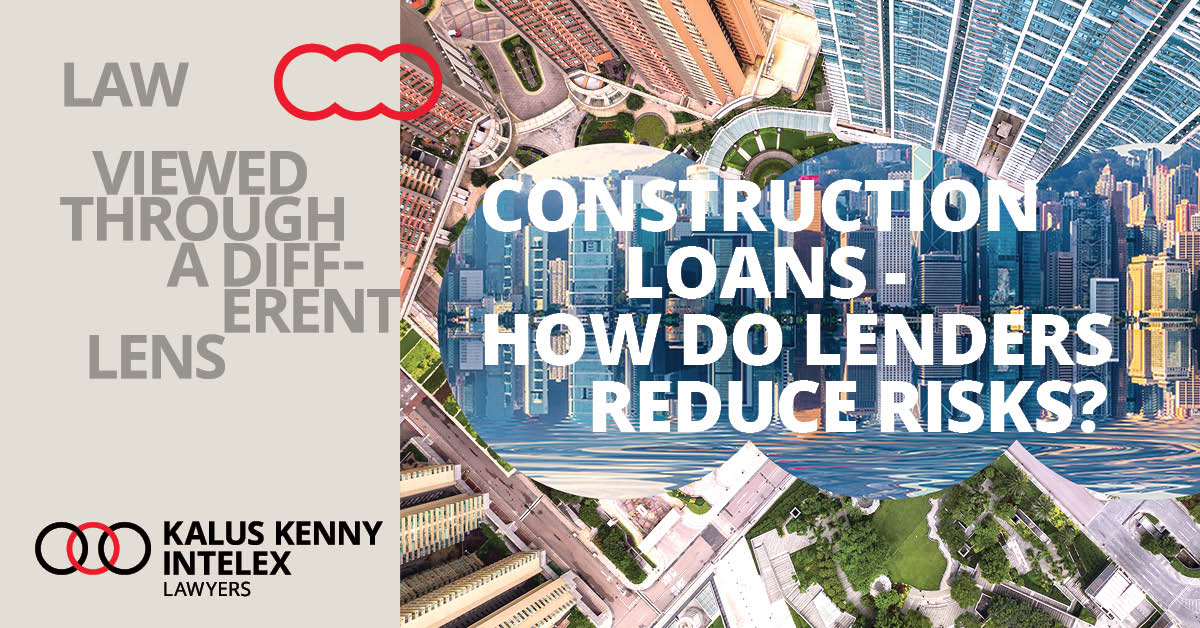The rising cost of materials, labour shortages, rising interest rates, supply chain difficulties and a slowing market are reducing the profitability of projects and the ability of developers to deliver projects on time.
Added to this is the volatile state of the construction industry. A number of high profile construction companies have recently collapsed, and further insolvencies are expected in the coming months.
With the current economic climate making it harder for lenders to enforce and recover construction loans, how can lenders reduce their risks?
1. Due diligence
Before providing funding, lenders should make enquiries in respect of the viability of the project and the risks of non-completion, including:
- the credit and financial history of the borrower and the builder;
- verifying that the project owners have the financial resources to put additional money into the project if needed to fund contingencies;
- a detailed review of all project documents, including the construction contract, permits and presales contracts;
- verifying the construction costs; and
- obtaining a valuation of the project.
2. Progressive drawdowns
Lenders should control the release of funds to the borrower and ensure that they are only used to fund construction costs. Lenders can achieve this by providing for the progressive draw down of funds on specified dates, requiring a quantity surveyor to certify that the construction works have been completed before funds are released and by paying the builder directly.
3. Project updates
Lenders should require the borrower to hold regular project control group meetings with the builder and the lender and to submit regular progress reports to the lender. This ensures that lenders are kept updated on the project’s progress.
4. Events of Default
Events of default entitle lenders to demand repayment from the borrower and to enforce its security if repayment is not made.
Project defaults should be events of default, and include if the:
- builder becomes insolvent or abandons the project; or
- borrower does not achieve construction milestones by their due dates.
5. Security
Lenders should obtain adequate security for their advance. The security for a senior debt facility usually includes a first ranking registered mortgage over the property, a first ranking registered security interest over a corporate borrower, personal guarantees from the project’s owners and a builder’s side deed between the builder, the lender and the borrower.
Conclusion
Lenders should ensure that they have a well drafted loan agreement which addresses these risks.
Should you need any assistance to review your existing loan agreements or to draft new loan agreements, please reach out to Denise Wightman in KKI’s Structured Finance and Investment team.



